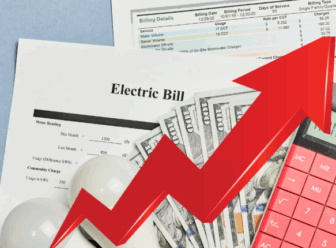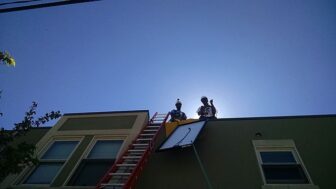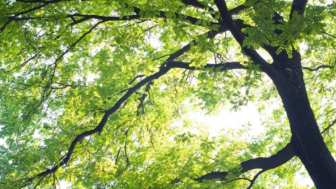This is a cross-post from Diamondbackonline.com about the University of Maryland by CCAN volunteer Matt Dernoga.
I want to congratulate the university and student activists for their recent major accomplishments on the sustainability front. The 2009 Campus Carbon Footprint Report of our campus emissions recently came out and found that in 2009, the carbon dioxide emissions decreased by 26,394 metric tons, a 10.5 percent reduction from 2005. This means that the university is on pace to meet its goal of a 15 percent reduction by 2012.
When former university President Dan Mote signed the President’s Climate Commitment &- which committed this campus to the goal of carbon neutrality by 2050 &- there was legitimate skepticism of how serious the administration would be in living up to their pledge. And although there have been some hiccups, since signing the commitment, the university has renovated buildings to make them more energy efficient, installed some solar panels around the campus and reduced solid waste emissions by 70 percent.
Just the other day, The Diamondback reported that Knight Hall became the first university-owned building to be certified with a Leadership in Energy and Environmental Design gold rating, the second best LEED standard a building can obtain. Oakland Hall is likely to follow with a LEED-gold rating. What made these accomplishments even more impressive was the fact that the university’s existing green building standard &- which was set in 2008 &- is for all new campus buildings to be LEED-silver.
The university is setting a good precedent by going above its green building standard. Why? It’s not only the right thing to do, but it also isn’t significantly more expensive to build a legitimately low-impact structure than a lousy building. The real impact is on the energy savings the university receives for the next 50 years the building stands.
Here’s my message and challenge to the university administration. As much fun as it is to criticize you when you do something wrong, you deserve praise for getting emissions and these two buildings right. But there is still so much more to do.
The university’s Facilities Master Plan calls for the construction of 40 new buildings. With this ambitious plan there are a lot of environmental issues to resolve, many of which deal with both the preservation of green space and the environmental impact of each building. The campus power plant and our purchased electricity made up 64 percent of campus carbon dioxide emissions in 2009. A major challenge to the university continuing to make progress on its Climate Action Plan is how they add these buildings and keep emissions down.
Part of the answer means the university can’t just meet the existing campus standard of LEED-silver. New buildings will have to go above and beyond. Based off what we’ve seen from Knight Hall and Oakland Hall, why not?
The university has a committee updating its existing Facilities Master Plan, chaired by Facilities Management Director Frank Brewer. The final draft is expected to be finished by next June. If Brewer wants to keep the university on the right path, he needs to push the envelope and propose to upgrade the university’s green building standards for new construction. In an interview with the College Park Patch about the plan, Brewer stated he wanted to see the campus become carbon neutral by 2050. “It’s a pretty bold statement, but that’s the goal,” Brewer said. Let’s back up that statement with action. Be bold, and go for gold.
Matt Dernoga is a graduate student in public policy. He can be reached at dernoga at umdbk dot com.




